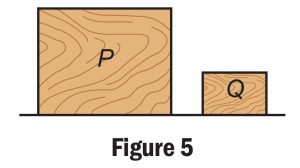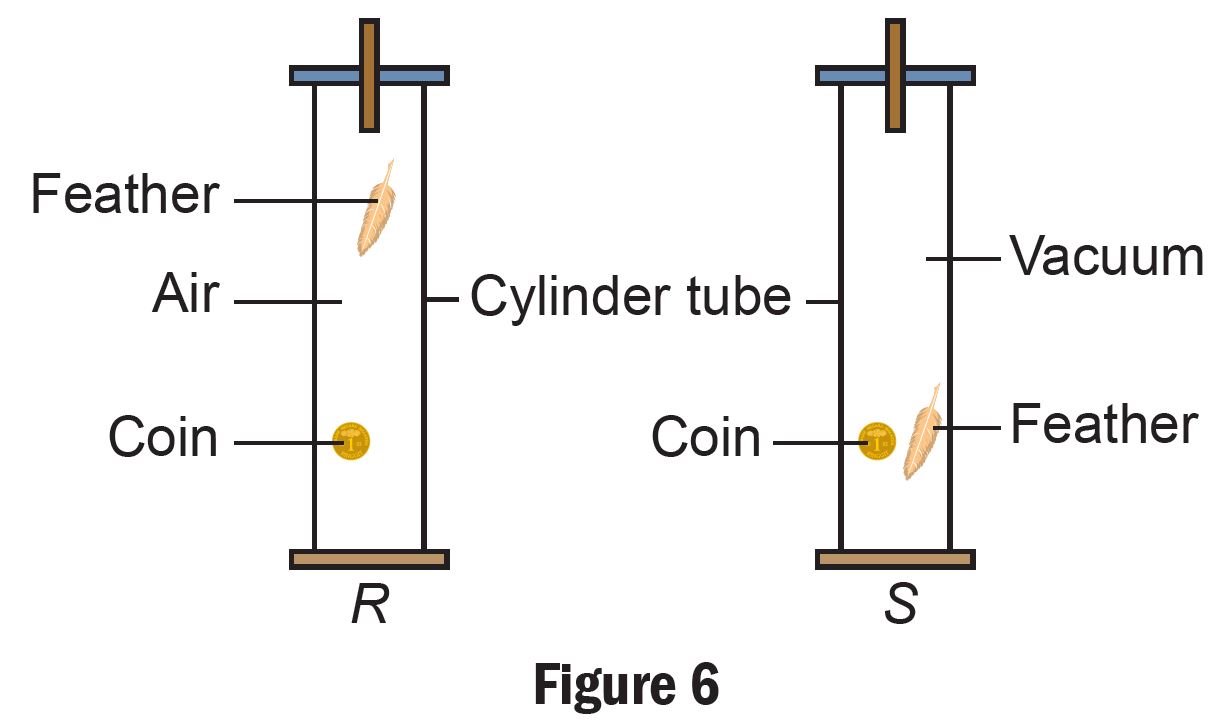Figure 5 shows two wooden blocks, P and Q which are of different sizes but have the same mass.

(a) Give the meaning of inertia.
(b) Which wooden block has a larger inertia? Explain your answer.
(c) State Newton’s First Law of Motion.
Answer:
(a)
Inertia is the natural tendency of an object to resist any change in its original state, whether being at rest or in motion.
(b)
Both wooden blocks have the same inertia because their masses are the same.
(c)
Newton’s First Law of Motion states that an object tends to remain in its original state, either being at rest or in motion with uniform velocity if no external forces acts on it.
Figure 6 shows a coin and a feather falling simultaneously inside two transparent cylinder tubes, R and S. Cylinder tube R contains air whereas cylinder tube S is a vacuum.

(a) What is meant by a free fall?
(b) Compare the time taken for the coin and the feather to fall inside cylinder tubes R and S. Explain your answer.
(c) Create a suitable conclusion for the activity above.
Answer:
(a)
The motion of an object that is affected only by gravitational force.
(b)
The time taken for the coin to fall is shorter than the feather in cylinder tube R, whereas for cylinder tube S, the time taken for both the coin and the feather to fall is the same. This is because cylinder tube R has air, whereas cylinder tube S is a vacuum. Cylinder tube R has air resistance.
(c)
An object will free fall if no air resistance acts on it.